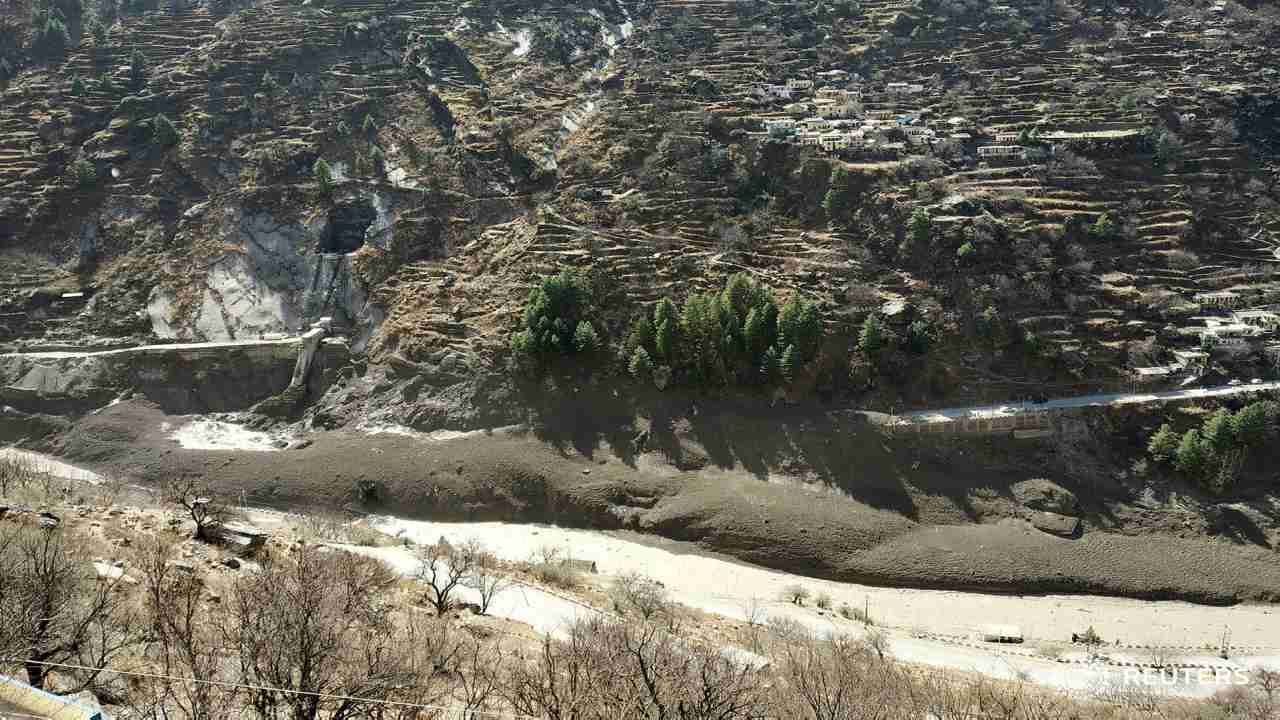Glacier breakdown in Uttarakhand’s Chamoli Nanda Devi National Park has created havoc in Garhwal Himalayas. Many workers working on the dam of the Rishi Ganga Tapovan Hydro Project are feared to be missing in this accident. This incident has been caused due to glacier bursts and flash floods generated by it.
The Tapovan Vishnugad Hydropower Plant under Rishi Ganga Power Project has been damaged and at least 150 laborers are feared missing. Authorities have sounded high alert from Chamoli to Haridwar. At Reni village, which is 26 km far from Joshimath, the Dhauliganga river got flooded and destroyed many houses situated at the river banksides.
What is a Glacier?
A glacier is a large, perennial accumulation of crystalline ice, snow, rock, sediment, and often liquid water that originates on land and moves downslope under the influence of its own weight and gravity.
Glaciers are classified by their size (i.e. ice sheet, ice cap, valley glacier, cirque glacier), location, and thermal regime (i.e., polar vs. temperate). Glaciers are sensitive indicators of changing climate according to USPS.
Glacial outburst flood
A glacial outburst flood is a type of outburst flood that occurs when the dam containing a glacial lake fails. An event similar to a GLOF, where a body of water contained by a glacier melts or overflows the glacier, is called a jökulhlaup(Icelandic term).
This outbreak generates outbursts or better known as flash floods in that area.
This failure or breaking of glaciers can happen due to the erosion, a buildup of water pressure, an avalanche of rock or heavy snow, an earthquake or cryoseism, volcanic eruptions under the ice, or massive displacement of water in a glacial lake when a large portion of an adjacent glacier collapses into it.
June 2013 Kedarnath floods
Uttarakhand in June of 2013 suffered from a similar major disaster that was caused by heavy rainfall in the Himalayan state.
From 16 June 2013, Uttarakhand and adjoining areas received heavy rainfall due to an approaching well-marked cyclonic circulation from the Bay of Bengal which lead to 375% more than the benchmark rainfall during a normal monsoon. This caused the melting of Chorabari Glacier at the height of 3800 meters, and the eruption of the Mandakini River which led to heavy floods near Gobindghat, Kedarnath Dham, Rudraprayag district in Uttarakhand, Himachal Pradesh, and Western Nepal, and acute rainfall in other nearby regions of Delhi, Haryana, Uttar Pradesh and some parts of Tibet.
5748 people were dead during that disaster and many are still missing to this day.


















